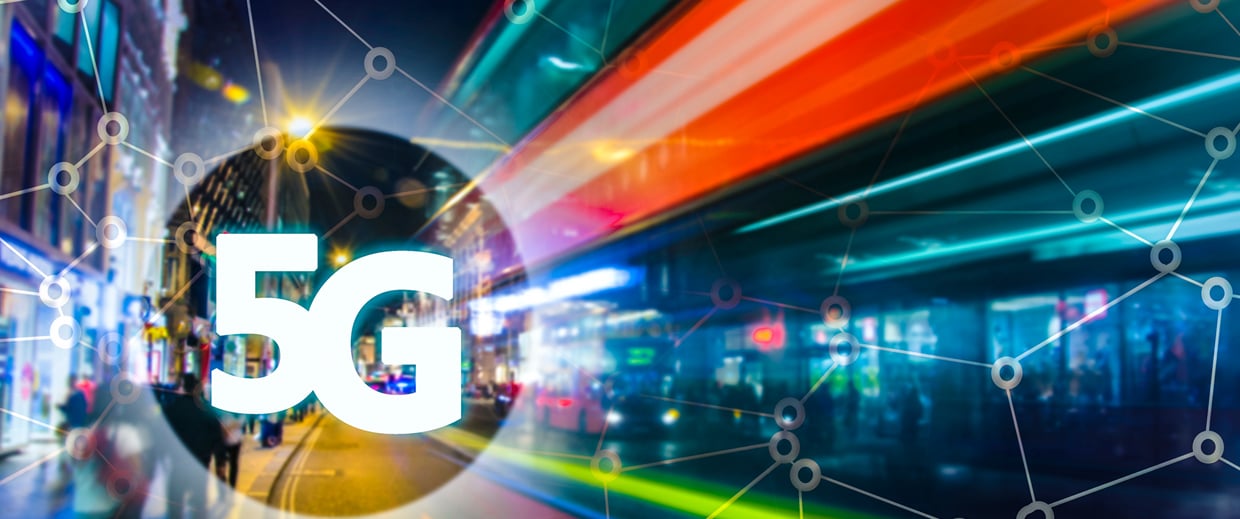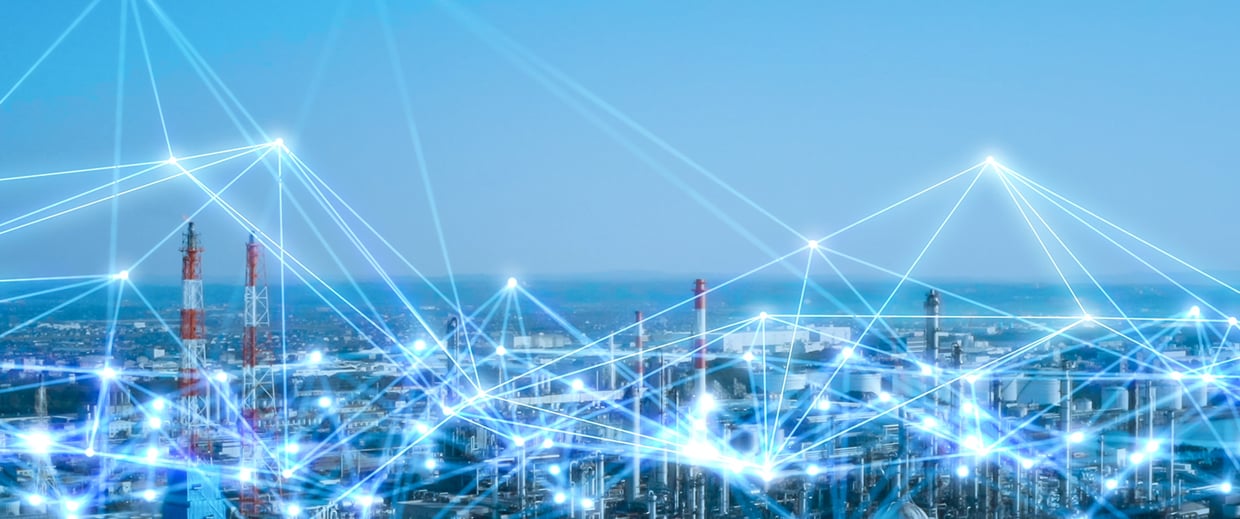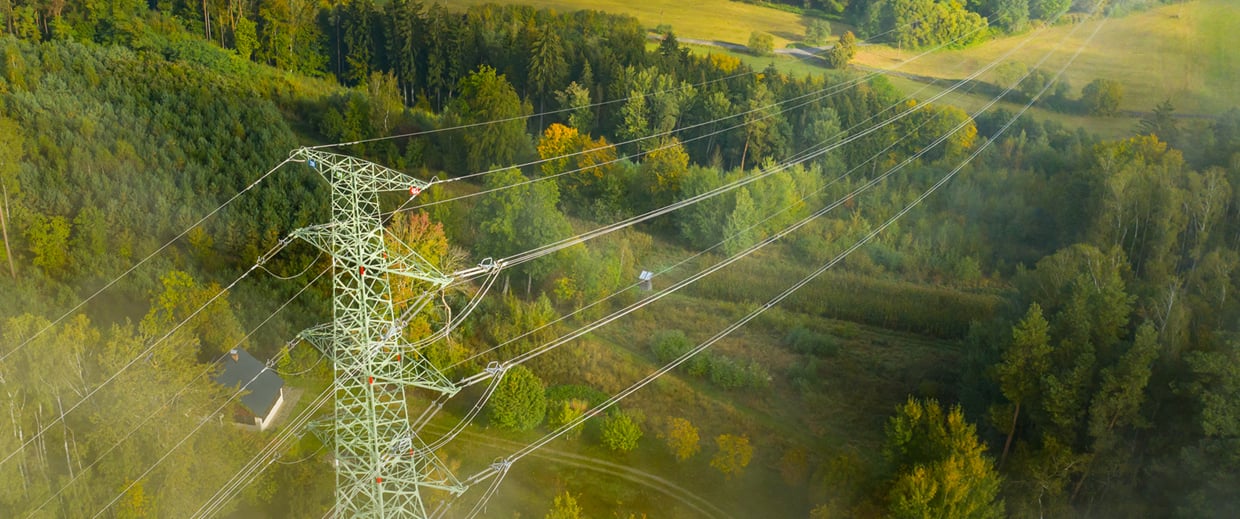Industry 4.0 Embarks on a Private 5G Journey
Mar 21, 2023

Industrial digitalization is about to make a major leap towards hyper-automation in its continuous efforts to increase productivity, to introduce cost and energy savings and maintain employee safety.
Data-driven tools are going to revolutionize decision-making, to control on-going operations and to pioneer predictive maintenance routines.
Immersive experiences will improve knowledge management and enable remote operations.
All these tools and technologies require reliable and continuous connectivity to a consolidated data repository, where AI tools can correlate multiple data sources, and unified policy and control, are orchestrated.
Private 5G is therefore a critical building block in industrial digitalization: it introduces a large scale, low latency campus network that provides outdoor and indoor coverage and connects fixed and mobile endpoints to their mission-critical controllers and data analyzers in the campus cloud.
In any industrial sector, the decision on the adoption of private 5G is strategic and takes into consideration its many benefits, but also concentrates on a few first use cases that trigger the 5G journey. Other campus services will gradually be transformed to 5G, connecting all campus resident and guest endpoints to the campus cloud. Private 5G will inherit the converged functionality of OT and IT networks.
This endgame private 5G network will consist of multiple access technologies, including 5G, WiFi and fiber, all providing access to the 5G core and to the campus cloud. In fact, the ultimate vision of a multi-access mobile network will be materialized in industrial campuses before it does in mobile carrier networks.
To clarify, while all endpoints in private 5G campuses will eventually be connected through the 5G core network, many of them will not be 5G-enabled in the short or long term.
Currently, IoT gateways are used to connect wireline/wireless devices, over 5G access to the 5G core. Once wireline/wireless access to the 5G core becomes available, it will be leveraged for connectivity of these endpoints.
Other endpoints will be eventually upgraded to support 5G access; however upgrade timing plans should take into consideration that 5G modems currently support only basic 5G functionality and are expected to be replaced with new modems to accommodate advanced functionality of 5G. IoT gateways as 5G-enabled aggregators make a more future proof solution, since they allow expected 5G upgrades to be applied to a smaller number of network elements.
What about industrial control protocols? Industrial machinery uses various control protocols, including IP- and Ethernet-based protocols. Regardless of their transport type, all protocols share the need to be carried over the private 5G network to the controllers residing in the campus cloud. While 5G networks may eventually enable Ethernet service natively, based on 3GPP standardization, this is still far from being production ready.
Last but certainly not least – security. IoT sensors are prone to security breaches and so does industrial machinery that, in most cases, has been deployed stand-alone and offline. Once a malicious software penetrates these endpoints, it risks all campus resources and services.
By becoming the converged IT/OT network, private 5G harmonizes services in complex industrial campuses. IoT gateways play a critical role in this environment, as they aggregate traffic form the many devices of different types, specifically enabling connectivity of wireline-enabled machinery and wireline/wireless brownfield sensors (i.e., SCADA / LoRaWAN sensors) to the private 5G network.
They need to support both IP forwarding and Ethernet tunneling across 5G networks, to enable a wide range of industrial control protocols over private 5G. IoT gateways will also play a significant role in network access control, preventing unnecessary lateral movement across IoT devices and mitigating cyber-attacks generated from IoT endpoints, close to the origin of the attack.
This is also the vision we adopted for RAD’s Industrial IoT gateway, the SecFlow.


